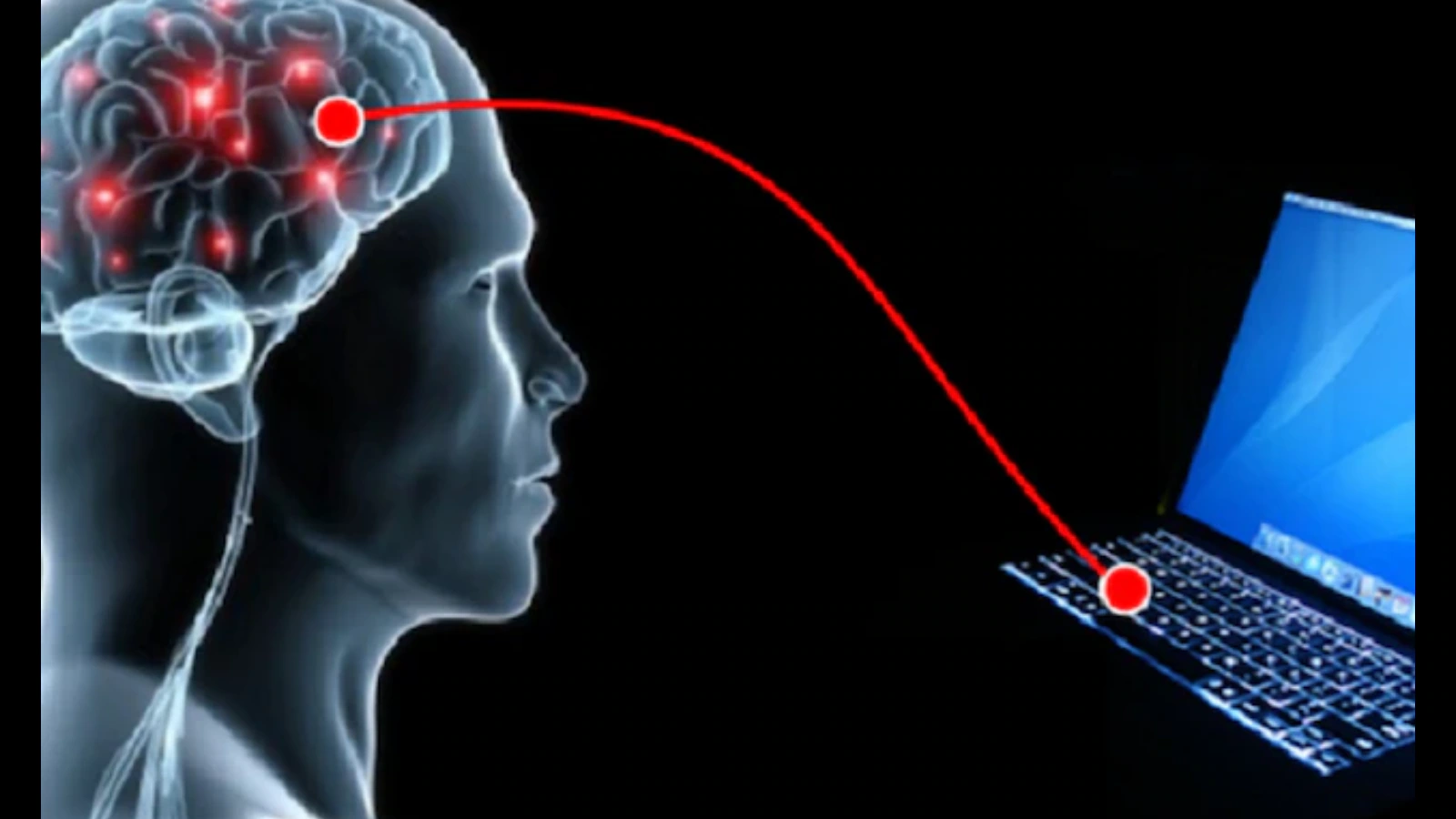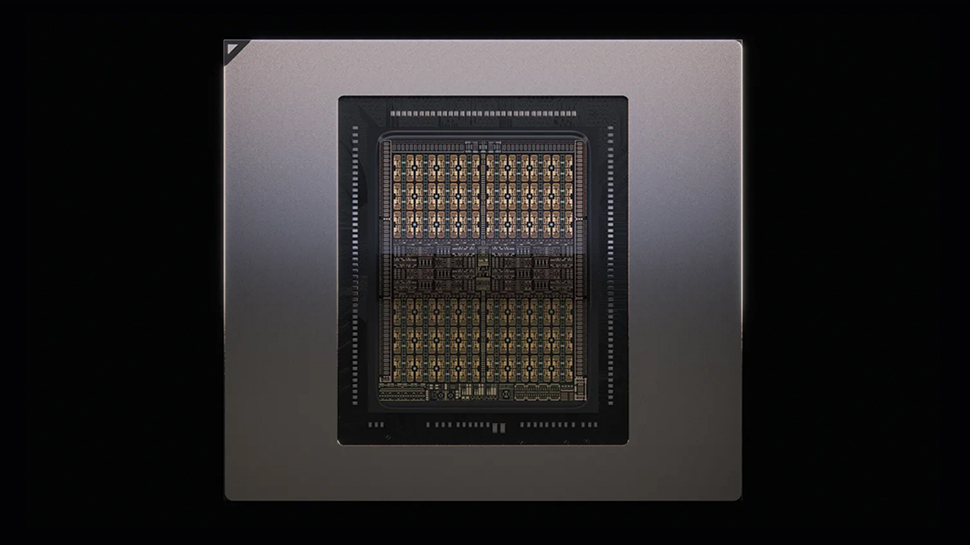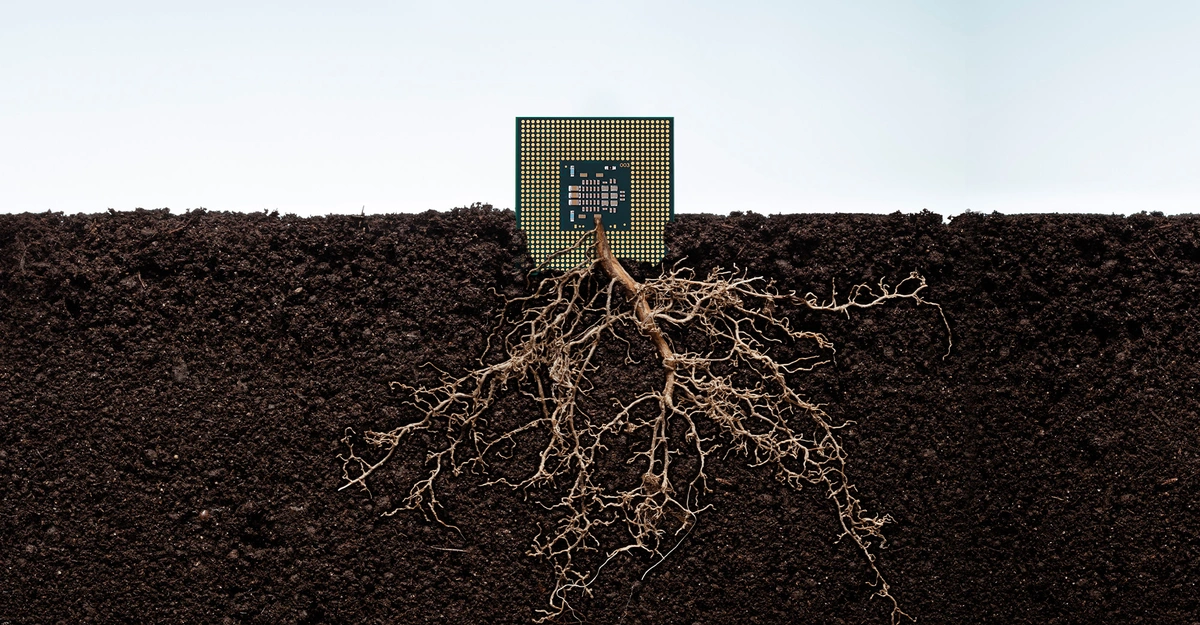Computers Can Now Read Your Mind; Study Shows Thoughts Decoded Without Speech Or Movement
By News18,Sameeksha Sharma
Copyright news18

Scientists have achieved a breakthrough in brain-computer interface (BCI) technology, which allows computers to understand thoughts directly from the brain, even without any spoken words or gestures. Experts say this innovation could revolutionise communication for people with paralysis or speech impairments, acting as a direct bridge between the mind and digital devices.
A recent study by Stanford University successfully decoded human thoughts on a computer without relying on movement or vocal signals. Electrodes implanted in the brain detect neural activity, which is then interpreted by computers to carry out specific commands. This technology is especially useful for people unable to speak, write, or express their thoughts physically.
Earlier BCI research focused on capturing signals from the motor cortex when patients attempted to move their mouth, tongue, lips, or vocal cords. These signals were then converted into speech. Stanford’s new method, however, bypasses these physical actions entirely, showing that brain activity alone can be sufficient to generate commands.
How BCI Works
BCI works by detecting electrical activity in neurons through electrodes placed on the head. A common method is electroencephalography (EEG), in which a sensor-covered cap captures brain signals. Advanced computer programs then analyse these signals, identify thought patterns, and convert them into actionable commands, such as turning on a TV or controlling smart home devices.
Currently, the technology is in advanced stages of research and development. While not yet widely available to the public, laboratories and companies worldwide are exploring BCI applications. It is already being used in hospitals to assist patients with paralysis, motor disorders, or neurological conditions, enabling them to operate computers, wheelchairs, robotic arms, and mobile devices using only their thoughts.
Elon Musk’s Neuralink is one company taking BCI further by embedding small chips directly in the brain for more precise command interpretation. Researchers envision a future where users can control smartphones, TVs, robots, cars, and air conditioners solely through thought, improving accessibility and quality of life for those with physical limitations.
Despite its potential, BCI presents challenges. Direct access to thoughts raises privacy concerns, and interpreting brain waves accurately remains technically difficult. Misinterpreted signals could lead to incorrect commands, and prolonged use of implanted devices may pose health risks.
Stanford researchers have addressed some of these concerns by developing a password-protection system that ensures thoughts are decoded only when a user mentally provides a password.



